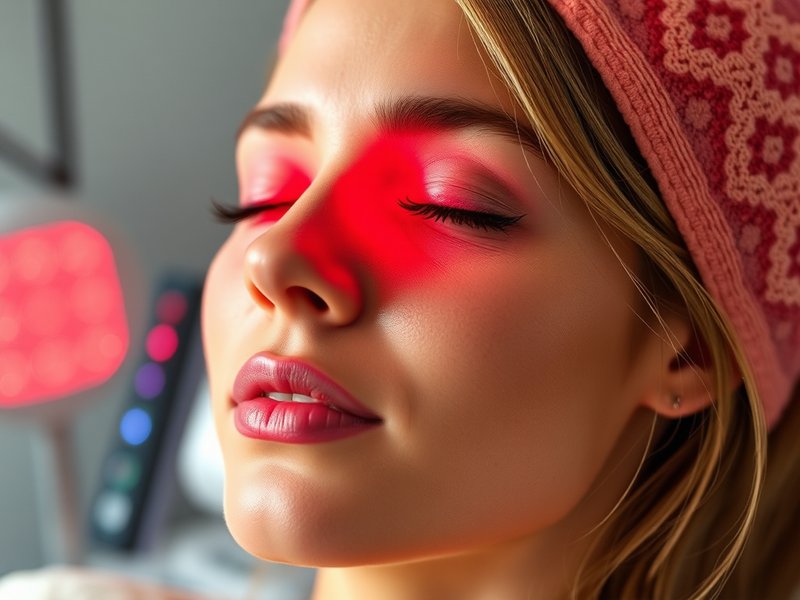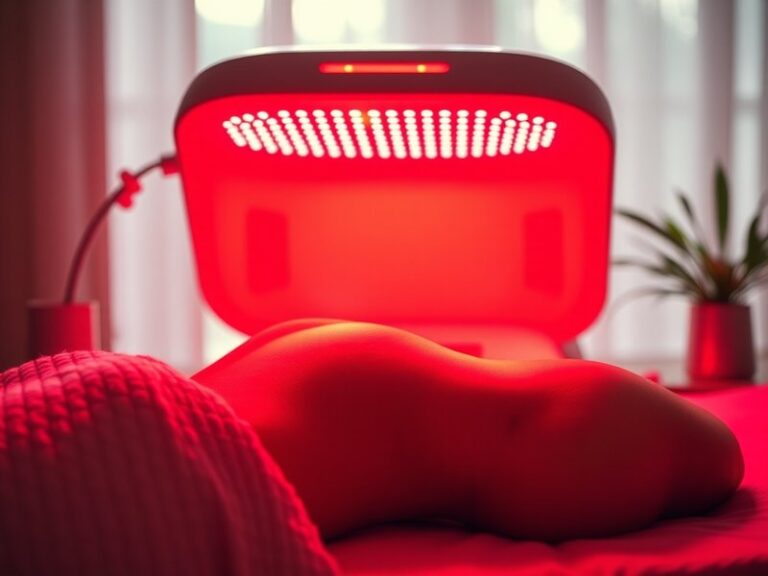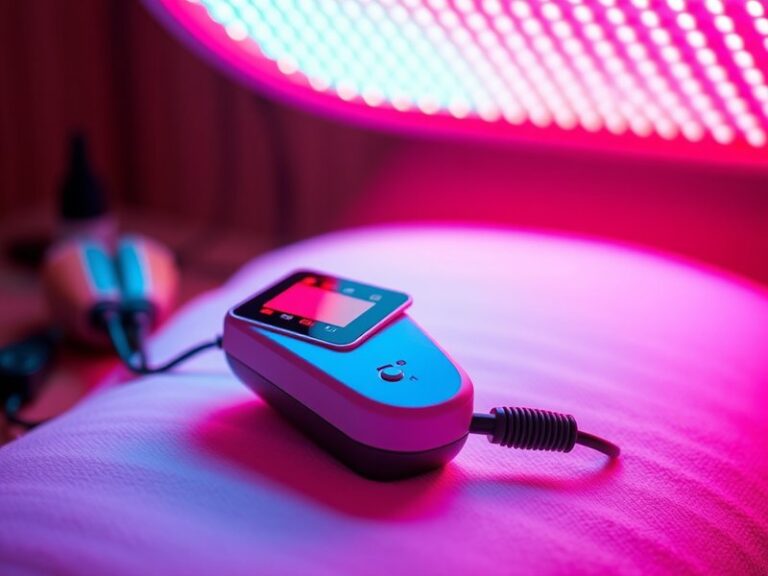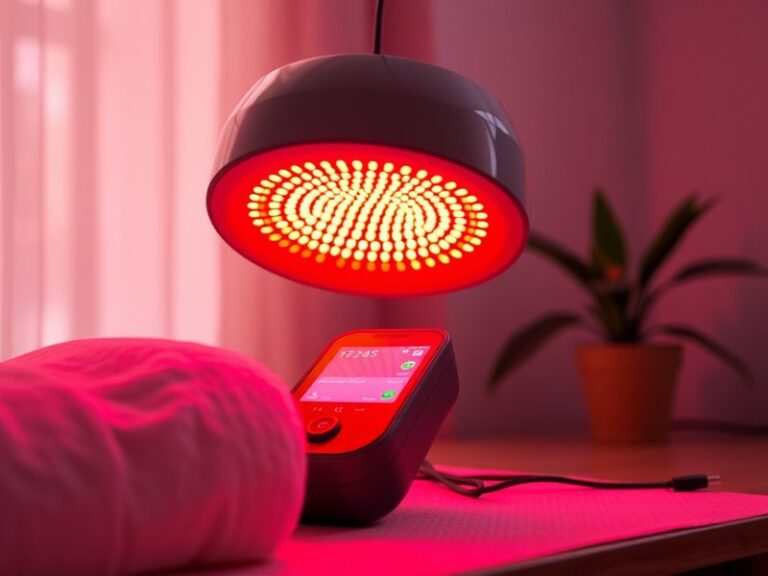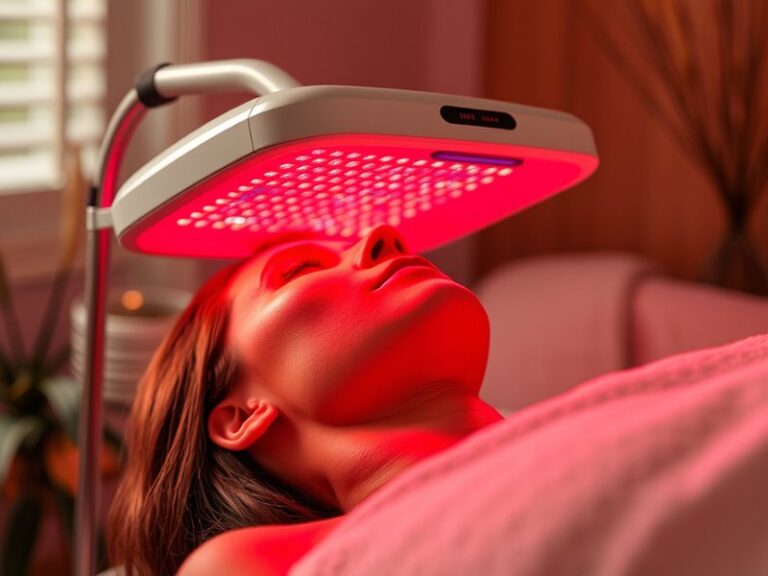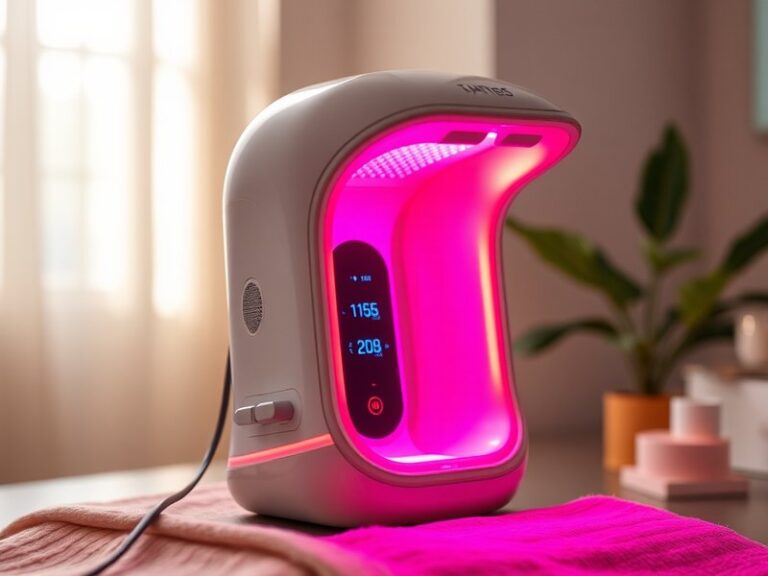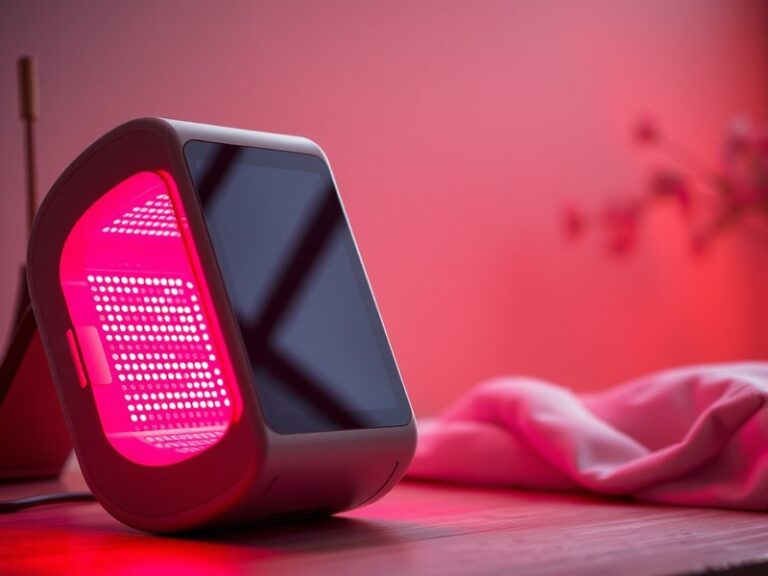How Often Can You Do Red Light Therapy On Your Face?
How Often Can You Do Red Light Therapy On Your Face?
Have you ever wondered about the frequency of red light therapy for facial rejuvenation? This powerful treatment has gained popularity for its potential to improve skin health and appearance, but understanding the correct frequency is essential to achieving optimal results.
In this article, we’ll explore how often you can do red light therapy on your face, discuss the benefits it offers, highlight considerations you should take into account, and provide answers to frequently asked questions.
Key Takeaways
- Red light therapy can typically be performed 3-5 times a week for best results.
- Consistency is key; regular sessions can lead to noticeable improvements in skin tone and texture.
- Always consult with a healthcare provider or licensed professional before starting treatment.
What is Red Light Therapy?
Red light therapy (RLT) is a non-invasive treatment that uses low-wavelength red light to promote healing and rejuvenation in the skin. The light penetrates the skin, stimulating cellular activity, which can lead to various benefits, including improved collagen production, reduced inflammation, and accelerated wound healing.
RLT works by targeting the mitochondria, the powerhouse of the cell, enhancing their function, and increasing adenosine triphosphate (ATP) production. This process can help in repairing damaged tissues, improving circulation, and promoting a healthier skin appearance.
What are the Benefits of Red Light Therapy?
Red light therapy offers a range of benefits for facial aesthetics and skin health. Below, we delve into several key advantages.
Promotes Skin Rejuvenation
RLT can significantly improve skin texture and tone. Studies have shown that regular use can lead to a reduction in fine lines, wrinkles, and age spots, giving the skin a youthful appearance.
Reduces Inflammation and Redness
For individuals suffering from rosacea, acne, or other inflammatory skin conditions, red light therapy can help reduce redness and irritation. The treatment has anti-inflammatory properties that can soothe the skin.
Accelerates Wound Healing
If you have experienced skin injuries or post-procedure recovery, such as after laser treatments, RLT can help speed up the healing process. The enhanced cellular activity promotes tissue repair and reduces recovery time.
Enhances Collagen Production
Collagen is crucial for maintaining skin elasticity and firmness. Red light therapy stimulates collagen production, which can help in reducing sagging and improving overall skin structure.
Is it Possible to Do Red Light Therapy Daily?
Yes, it is possible to perform red light therapy daily, but the suggested frequency is typically 3-5 times a week for most people. The optimal frequency can vary based on individual skin concerns and the device used.
What are the Advantages of Daily Sessions?
Frequent sessions can lead to quicker results, particularly for those seeking immediate improvements in skin texture or addressing specific issues such as acne or wrinkles.
What are the Disadvantages of Daily Sessions?
Overdoing red light therapy can lead to skin irritation or sensitivity, especially for those with sensitive skin or underlying conditions. It’s essential to monitor your skin’s response and adjust frequency if needed.
What are the Things to Consider Before Starting Red Light Therapy?
Before embarking on a red light therapy regimen, several important considerations should be taken into account.
Skin Type and Sensitivity
Individuals with sensitive skin should approach RLT cautiously. Consulting with a dermatologist can help determine the best approach for your skin type.
Consistency Versus Intensity
While it might be tempting to increase the frequency of treatments, consistency over intensity is often more beneficial. Gradual, consistent sessions can lead to lasting results without overwhelming your skin.
Consultation with Professionals
Engaging with a healthcare provider or a licensed practitioner can provide personalized insights and guidance on the appropriate treatment plan tailored to your specific skin needs.
Check out our analysis Calories Burned in Red Light Therapy?
What are the Alternatives to Red Light Therapy?
If you’re looking for other options to enhance your facial skin health, several alternatives exist.
Discover more in Red Light Therapy for Arthritis?
Microdermabrasion
This treatment exfoliates the outer layer of skin, removing dead cells and promoting new cell generation. It can significantly enhance skin texture and brightness.
Chemical Peels
Chemical peels involve applying a solution to remove the outer layer of skin, improving tone and texture. They cater to various skin issues, including acne and pigmentation.
LED Facials
Similar to RLT, LED facials use various light wavelengths to target different skin concerns. These treatments can offer benefits like improved mood and relaxation in addition to skin rejuvenation.
Conclusion: Is it Recommended to Do Red Light Therapy on Your Face?
Red light therapy can be a valuable addition to your skincare routine, offering numerous benefits for skin health when performed at the right frequency. Typically, 3-5 sessions per week can provide optimal results, but always consider your skin type and consult a professional for tailored advice.
Frequently Asked Questions
How long should each red light therapy session last?
Most sessions range from 10 to 20 minutes, depending on the device’s power and your skin’s sensitivity. Always follow the manufacturer’s guidelines for the best results.
Can you see results immediately after red light therapy?
Some people notice immediate improvements in skin tone and texture, but consistent use over several weeks typically leads to more significant and lasting results.
Is red light therapy safe for all skin types?
While RLT is generally safe for most skin types, those with specific conditions should consult with a dermatologist before starting treatment to ensure it’s appropriate for their situation.
Can red light therapy help with acne?
Yes, red light therapy can reduce inflammation and promotes healing in acne-prone skin. It can complement topical treatments and help reduce breakouts.
How do I choose a red light therapy device?
Look for devices with proven wavelength specifications (around 600-650 nm for red light) and positive consumer reviews. Researching brands and consulting professionals can also guide your choice.
